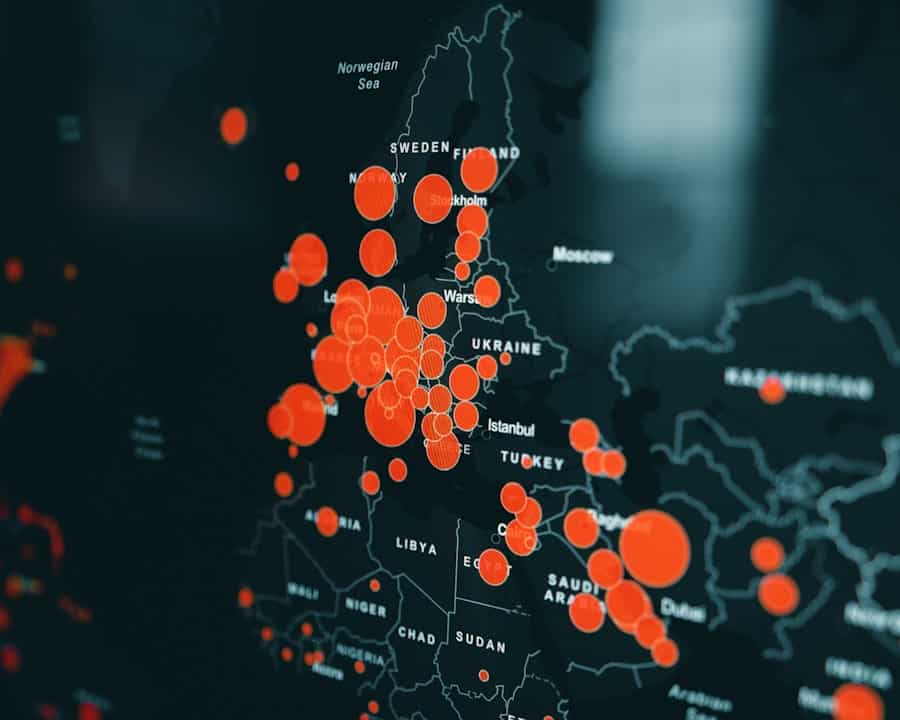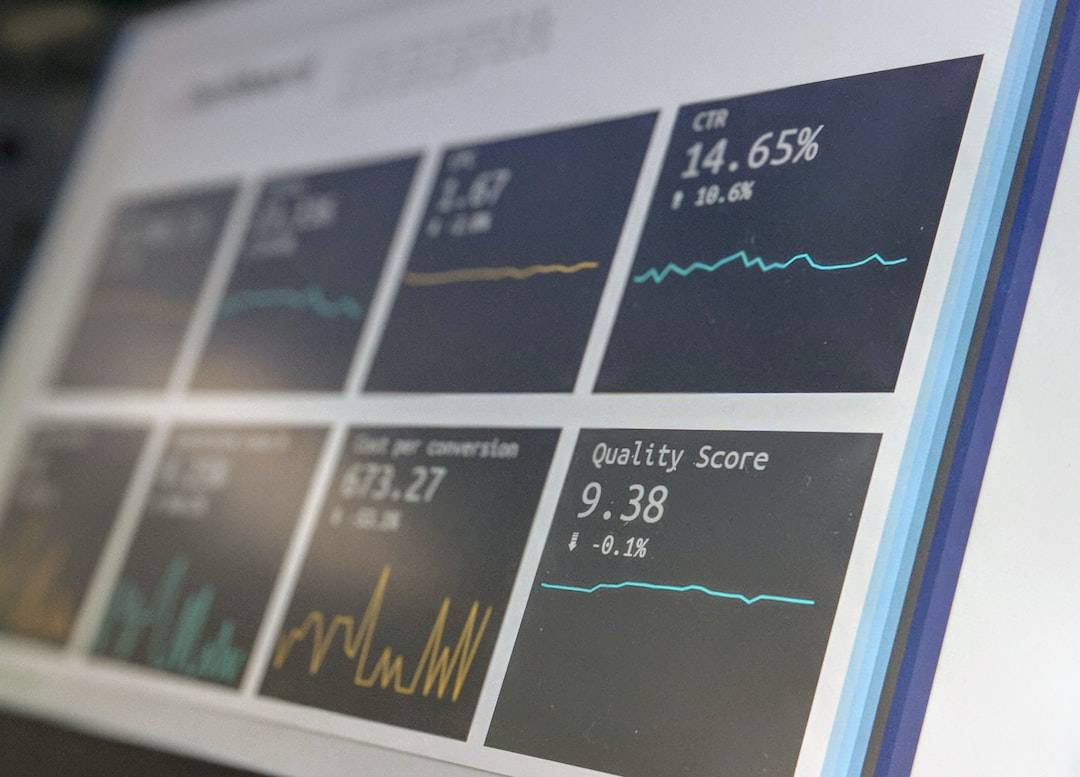Neural networks are a key component of artificial intelligence (AI), designed to emulate the human brain’s information processing capabilities. These networks comprise interconnected nodes, or “neurons,” that collaborate to analyze complex data. Each neuron receives, processes, and transmits information to other neurons, forming a network of interconnected processing units.
This structure enables neural networks to learn from data, identify patterns, and make decisions without explicit programming. AI encompasses the development of computer systems capable of performing tasks typically associated with human intelligence, such as visual perception, speech recognition, decision-making, and language translation. Neural networks are integral to AI, providing the foundation for machine learning, a subset of AI focused on enabling machines to learn from data.
By utilizing neural networks, AI systems can process vast amounts of information, recognize patterns, and generate predictions or decisions based on learned data.
Key Takeaways
- Neural networks are a key component of artificial intelligence, designed to mimic the human brain’s ability to learn and adapt.
- Neural networks play a crucial role in AI by processing complex data, recognizing patterns, and making decisions based on the information received.
- The potential of neural networks in AI applications is vast, including image and speech recognition, natural language processing, and autonomous vehicles.
- Training and optimizing neural networks for AI involves adjusting parameters, fine-tuning algorithms, and using large datasets to improve accuracy and efficiency.
- The future of neural networks in AI holds endless possibilities, with innovations and developments expected to revolutionize industries and improve everyday life.
The Role of Neural Networks in AI
Neural networks are at the core of many AI applications, enabling machines to perform tasks that were once thought to be exclusively human. In image recognition, for example, neural networks can be trained to identify objects in photographs with a high degree of accuracy. Similarly, in natural language processing, neural networks can be used to understand and generate human language, enabling applications such as chatbots and language translation services.
Furthermore, neural networks are essential for tasks such as predictive analytics, where they can analyze historical data to make predictions about future events. This capability has numerous applications across industries, from finance and healthcare to marketing and manufacturing. In autonomous vehicles, neural networks are used to process sensor data and make real-time decisions about driving behavior, such as steering, braking, and accelerating.
Overall, neural networks play a critical role in enabling AI systems to learn from data, recognize patterns, and make decisions in a wide range of applications. As AI continues to advance, the role of neural networks will only become more prominent in enabling machines to perform increasingly complex tasks.
Harnessing the Potential of Neural Networks for AI Applications

The potential of neural networks for AI applications is vast and continues to expand as technology advances. One key area where neural networks are being harnessed is in healthcare, where they are used for tasks such as medical imaging analysis, disease diagnosis, and drug discovery. By leveraging neural networks, healthcare professionals can analyze large volumes of patient data to identify patterns and make more accurate diagnoses and treatment decisions.
In finance, neural networks are used for tasks such as fraud detection, risk assessment, and algorithmic trading. By analyzing financial data with neural networks, organizations can identify fraudulent transactions, assess credit risk, and make more informed investment decisions. Additionally, in customer service and marketing, neural networks are used for tasks such as sentiment analysis, personalized recommendations, and customer behavior prediction.
By understanding customer preferences and behavior through neural network analysis, organizations can deliver more targeted and effective marketing campaigns. In manufacturing and logistics, neural networks are used for tasks such as predictive maintenance, supply chain optimization, and demand forecasting. By analyzing sensor data and historical trends with neural networks, organizations can predict equipment failures, optimize inventory levels, and forecast demand more accurately.
Overall, the potential of neural networks for AI applications is vast and continues to grow as organizations across industries harness the power of these technologies.
Training and Optimizing Neural Networks for AI
| Metrics | Value |
|---|---|
| Training Accuracy | 90% |
| Validation Accuracy | 85% |
| Loss | 0.25 |
| Learning Rate | 0.001 |
Training and optimizing neural networks for AI applications is a complex and iterative process that requires careful consideration of various factors. One key aspect of training neural networks is data preparation, where large volumes of high-quality data are collected and preprocessed to ensure that the network can learn effectively. This may involve tasks such as data cleaning, normalization, and feature engineering to ensure that the input data is suitable for training the network.
Once the data is prepared, the next step is to design the architecture of the neural network, including the number of layers, the types of neurons used, and the connections between them. This process involves experimentation and fine-tuning to find the optimal network architecture for the specific task at hand. Additionally, training neural networks involves defining an appropriate loss function and optimization algorithm to minimize the error between the network’s predictions and the actual outcomes.
Furthermore, optimizing neural networks for AI applications involves techniques such as regularization, dropout, and batch normalization to prevent overfitting and improve generalization performance. Hyperparameter tuning is also crucial for optimizing neural networks, involving the selection of parameters such as learning rate, batch size, and network depth to achieve optimal performance. Overall, training and optimizing neural networks for AI applications is a complex process that requires careful consideration of various factors to achieve optimal performance.
Exploring the Limitless Possibilities of Neural Networks in AI
The possibilities of neural networks in AI are virtually limitless, with potential applications across a wide range of industries and domains. In healthcare, for example, neural networks have the potential to revolutionize medical imaging analysis by enabling more accurate and efficient diagnosis of diseases such as cancer. Additionally, in drug discovery, neural networks can be used to analyze molecular structures and predict potential drug candidates with greater speed and accuracy than traditional methods.
In finance, the possibilities of neural networks in AI include more accurate fraud detection through advanced pattern recognition and anomaly detection. Furthermore, in customer service and marketing, neural networks can enable more personalized customer experiences through sentiment analysis and predictive modeling of customer behavior. In manufacturing and logistics, the possibilities of neural networks in AI include more efficient supply chain management through predictive maintenance and demand forecasting.
Overall, the possibilities of neural networks in AI are vast and continue to expand as technology advances. As organizations across industries continue to harness the power of these technologies, we can expect to see increasingly innovative applications that leverage the capabilities of neural networks to drive new levels of efficiency and effectiveness.
Overcoming Challenges in Implementing Neural Networks for AI

While the potential of neural networks for AI applications is vast, there are also challenges that must be overcome in implementing these technologies effectively. One key challenge is the need for large volumes of high-quality data to train neural networks effectively. In many cases, obtaining sufficient data for training can be difficult or costly, particularly in domains such as healthcare or finance where sensitive or proprietary information is involved.
Additionally, implementing neural networks for AI applications requires specialized expertise in areas such as data science, machine learning, and computer programming. Finding individuals with the necessary skills and experience to design and implement effective neural network solutions can be a challenge for many organizations. Furthermore, ensuring that neural network models are robust, reliable, and interpretable is a key challenge in implementing these technologies effectively.
Another challenge in implementing neural networks for AI applications is ensuring that these technologies comply with ethical and regulatory considerations. In domains such as healthcare or finance, ensuring that neural network models are fair, transparent, and accountable is crucial for gaining trust and acceptance from stakeholders. Overall, while the potential of neural networks for AI applications is vast, there are challenges that must be overcome in implementing these technologies effectively.
The Future of Neural Networks and AI: Innovations and Developments
The future of neural networks and AI holds exciting innovations and developments that have the potential to transform industries and society as a whole. One key area of innovation is in the development of more advanced neural network architectures that can handle increasingly complex tasks with greater efficiency and accuracy. This includes innovations such as attention mechanisms, transformer models, and reinforcement learning techniques that enable neural networks to learn more effectively from diverse types of data.
Furthermore, developments in areas such as explainable AI (XAI) aim to make neural network models more interpretable and transparent by providing insights into how they make decisions. This has important implications for domains such as healthcare or finance where understanding the reasoning behind AI decisions is crucial for gaining trust from stakeholders. Additionally, innovations in areas such as federated learning aim to enable collaborative training of neural network models across distributed datasets while preserving data privacy and security.
Overall, the future of neural networks and AI holds exciting potential for innovations and developments that will continue to push the boundaries of what is possible with these technologies. As organizations continue to invest in research and development in this space, we can expect to see increasingly sophisticated applications that leverage the power of neural networks to drive new levels of efficiency and effectiveness across industries.
If you’re interested in the potential impact of neural networks on virtual reality and the metaverse, you may want to check out this article on challenges and opportunities in the regulatory landscape. Understanding the legal and ethical considerations surrounding the use of neural networks in virtual environments is crucial for shaping the future of this technology.
FAQs
What are neural networks?
Neural networks are a type of machine learning algorithm that is inspired by the structure and function of the human brain. They consist of interconnected nodes, or “neurons,” that work together to process and analyze complex data.
How do neural networks work?
Neural networks work by taking in input data, processing it through multiple layers of interconnected neurons, and producing an output. Each neuron applies a mathematical operation to the input data and passes the result to the next layer of neurons.
What are the applications of neural networks?
Neural networks are used in a wide range of applications, including image and speech recognition, natural language processing, financial forecasting, and medical diagnosis. They are also used in autonomous vehicles, robotics, and recommendation systems.
What are the different types of neural networks?
There are several types of neural networks, including feedforward neural networks, convolutional neural networks (CNNs), recurrent neural networks (RNNs), and long short-term memory (LSTM) networks. Each type is designed for specific tasks and data types.
What are the advantages of using neural networks?
Neural networks are capable of learning and adapting to complex patterns in data, making them well-suited for tasks that involve large amounts of unstructured data. They can also handle non-linear relationships and are robust to noisy data.
What are the limitations of neural networks?
Neural networks require large amounts of data for training and can be computationally intensive. They are also considered “black box” models, meaning it can be difficult to interpret how they arrive at their decisions. Additionally, they are susceptible to overfitting and may require careful tuning of hyperparameters.











Leave a Reply